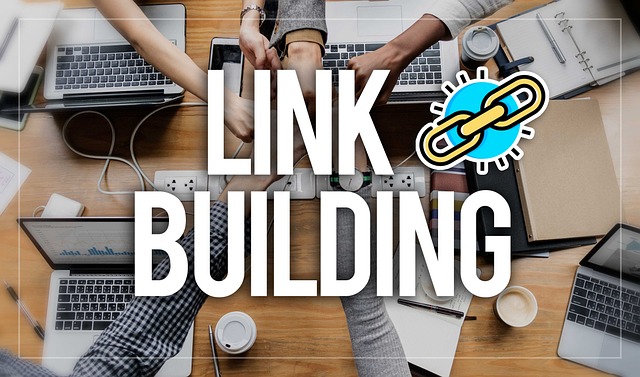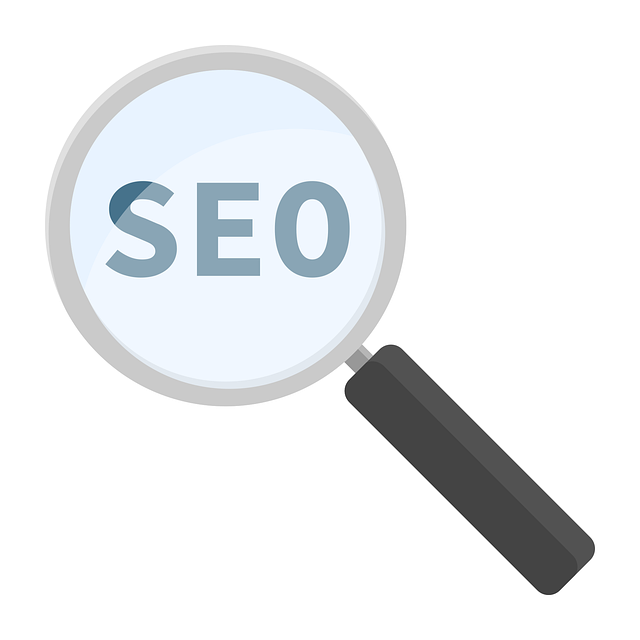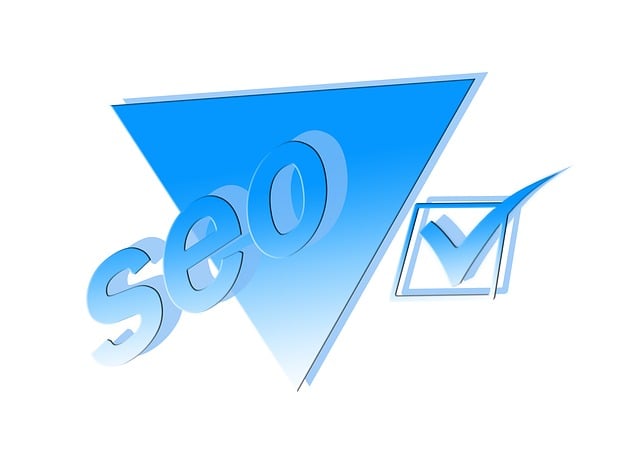SEO Content Optimization is a powerful tool for online businesses, aiming to boost web page rankings and attract organic traffic. It involves strategic keyword placement, essential element integration (like meta descriptions and alt text), and user-centric content structuring. Effective techniques include understanding user intent, crafting relevant answers, optimizing titles and headings, internal linking for better navigation, and prioritizing readability. Keyword research is key to tailoring content to audience preferences, while engaging visual elements enhance user experience and SEO performance. A successful strategy balances captivating content with appealing to search engines, ultimately driving online visibility and traffic.
“Unleash your content’s full potential with our comprehensive guide to SEO Content Structuring. In today’s digital landscape, SEO Content Optimization is the cornerstone of online visibility. This course delves into the art and science of content structuring, equipping you with powerful strategies. From understanding search engine algorithms to mastering on-page techniques and keyword research, you’ll learn to create engaging, SEO-friendly content. By optimizing user experience and organizing content effectively, you can elevate your digital presence and drive organic traffic.”
Understanding SEO Content Optimization: The Cornerstone of Digital Visibility

SEO Content Optimization is the process of refining your written content to improve its visibility and ranking on search engines like Google. It’s a cornerstone of digital marketing because it ensures that your website or blog appears in relevant searches, driving organic traffic and potential customers to your doorstep. By optimizing content, you’re not just writing for humans; you’re also communicating with search algorithms that use complex criteria to determine the relevance and quality of web pages.
Effective SEO Content Optimization involves keyword research to identify terms and phrases that your target audience is searching for, and then strategically placing these keywords within your content without appearing overly manipulated or spammy. It also encompasses elements like meta descriptions, headings, and image alt text, which all play a crucial role in guiding search engines and users to understand the context and value of your content. This holistic approach ensures that your digital presence is not only noticed but also trusted and engaged with by those who matter most—your potential customers.
Key Components of Effective Content Structuring for Search Engines

The key components of effective content structuring for search engines are intertwined with SEO content optimization strategies. Firstly, understanding user intent behind search queries is paramount. Content should be crafted to address specific questions or needs expressed in those queries, ensuring relevance and providing valuable answers. This involves keyword research to identify terms users frequently search for and incorporating these naturally into your text. Well-structured content follows a logical flow, guiding readers and search engine crawlers through distinct sections using headings, subheadings, and proper paragraph formatting.
Additionally, internal linking plays a crucial role in enhancing SEO content optimization. Linking related content within your article increases dwell time, as users navigate through relevant material, signaling to search engines that your site offers comprehensive information on the topic. Alt text for images and meta descriptions also contribute to effective structuring by providing context for visual content and summarizing the article’s main points respectively, further aiding search engine understanding and improving click-through rates.
On-Page SEO Techniques: Optimizing Your Content for Maximum Impact

On-Page SEO Techniques are essential strategies to optimize your content for maximum impact and search engine visibility. This involves a careful balance of keyword research, strategic placement, and high-quality writing. By incorporating relevant keywords naturally throughout your text, you enhance both the reader’s experience and the site’s ranking potential. Search engines like Google use complex algorithms to scan and understand content, so ensuring your material is well-structured, easily digestible, and aligned with user intent is paramount.
Effective on-page optimization also includes optimizing essential elements like titles, headings, meta descriptions, and URLs. Each of these components plays a crucial role in guiding both users and search engine crawlers through your content. Crafting compelling, informative titles and headings not only aids in SEO Content Optimization but also encourages clicks and reduces bounce rates. Additionally, utilizing descriptive yet concise meta descriptions can significantly improve click-through rates from search results pages.
User Experience and Content Organization: A Winning Combination

In today’s digital landscape, a seamless user experience is paramount for any online platform’s success. When it comes to content structuring, prioritizing user-centric design is a game-changer. Well-organized content not only enhances readability but also improves SEO content optimization. A structured approach ensures that information is easily digestible, encouraging users to explore further.
By implementing intuitive navigation and logical content grouping, websites can create a positive user experience. This strategy benefits search engine algorithms as well, as it simplifies the process of crawling and indexing. Efficient content organization allows for better internal linking, which signals to search engines the importance of specific pages and topics, ultimately boosting overall SEO performance.
Keyword Research: Unlocking the Power of Relevant Keywords

Keyword research is a fundamental step in crafting effective SEO content optimization strategies. It involves digging deep into your target audience’s language and preferences to uncover powerful keywords that drive relevant traffic and improve search rankings. By understanding the intent behind user searches, you can create content that resonates with your audience and aligns perfectly with what they’re looking for.
Relevant keywords are like keys that open doors to visibility and engagement. They help search engines understand the context of your content, making it more likely to be featured in search results. Through comprehensive keyword research, you identify not only popular terms but also long-tail keywords—specific phrases with lower competition—that can significantly enhance your content’s reach and quality.
Best Practices for Creating Engaging, SEO-Friendly Content

Creating engaging content is an art, and when combined with sound SEO practices, it becomes a powerful strategy for online success. The key lies in understanding your audience and their search intent. Tailor your content to address specific questions or needs that users might have; this ensures relevance and captures the attention of your target demographic. A well-structured piece should flow logically, making it easy for readers to scan and digest information quickly. Incorporate headings, subheadings, bullet points, and short paragraphs to break up text and enhance readability.
SEO content optimization goes beyond words on a page. Visual elements like images, infographics, and videos can significantly boost engagement. These assets not only provide variety but also offer alternative text for search engines to index, expanding your content’s reach. Additionally, optimizing meta titles, descriptions, and headers with relevant keywords enhances your page’s visibility in search results, driving organic traffic to your site. Remember, a successful SEO strategy requires a delicate balance between captivating your audience and appealing to search engine algorithms.
